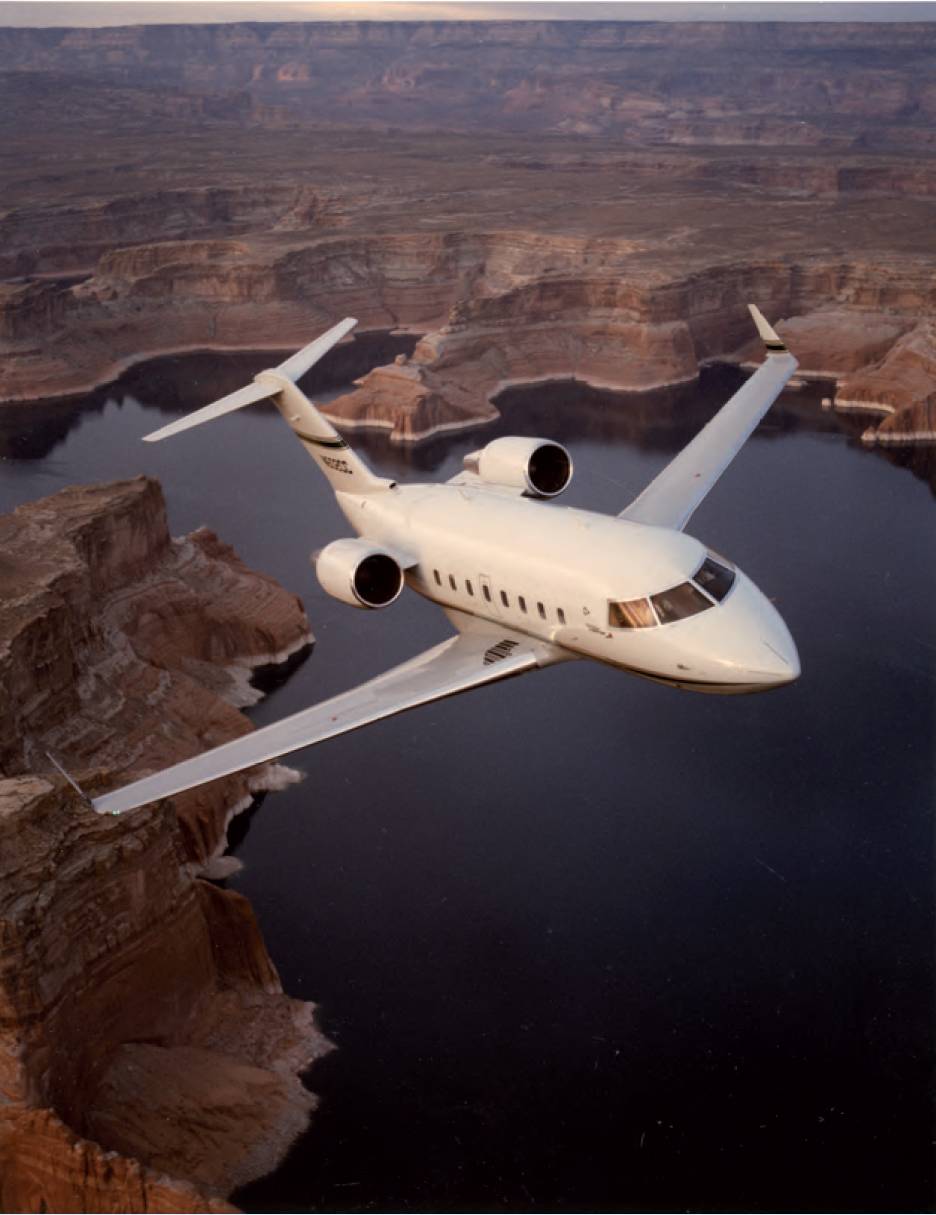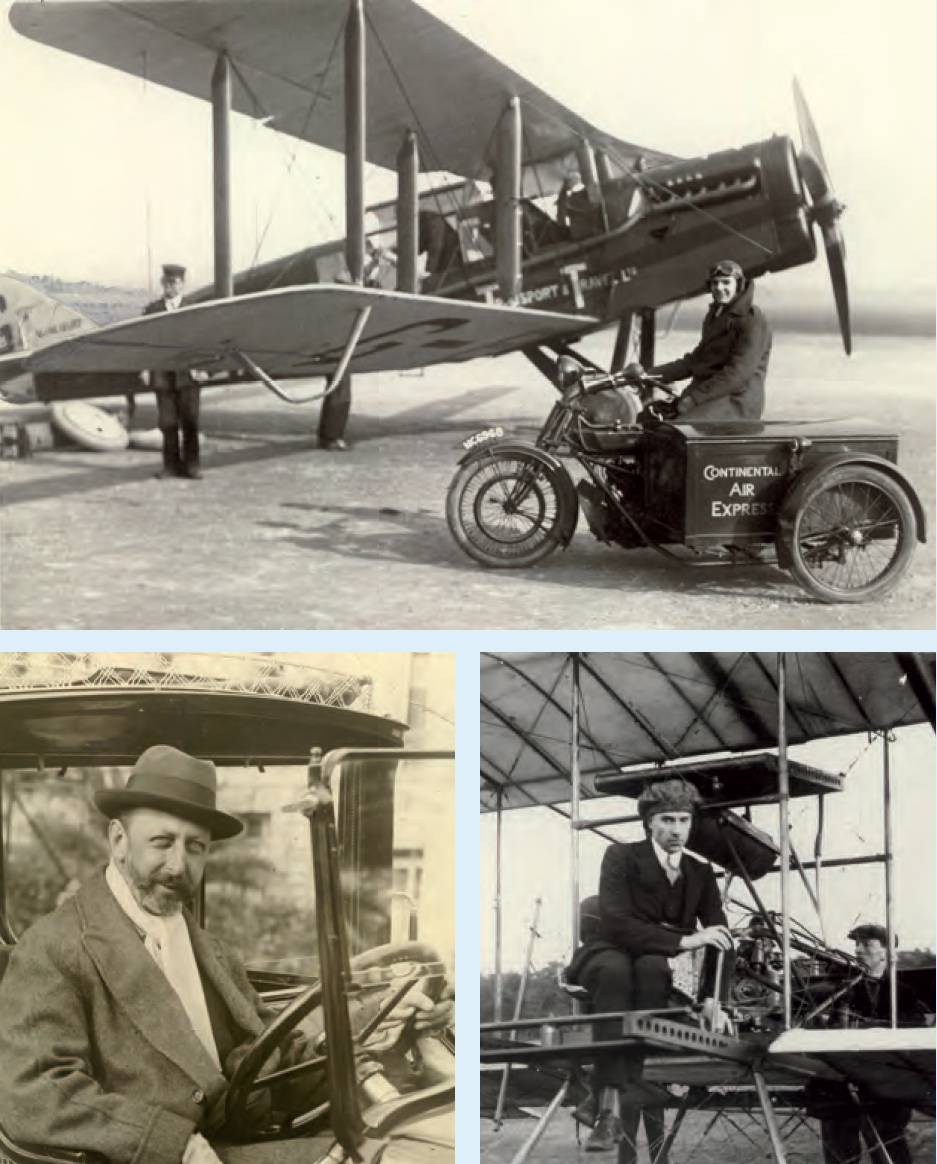Book Reviews
By Peter Bond
Springer, 2020, 403pp, £19.99 (e-book) and £24.99 (paperback).
 This four-image mosaic comprises images taken by Rosetta from a distance of 28km from the centre of Comet 67P/ Churyumov-Gerasimenko on 31 January 2015. ESA.
This four-image mosaic comprises images taken by Rosetta from a distance of 28km from the centre of Comet 67P/ Churyumov-Gerasimenko on 31 January 2015. ESA.
Writing the story of the Rosetta mission to comet 67P/Churyumov-Gerasimenko, the first and only space mission to rendezvous with a comet nucleus, means navigating through more than three decades of history of space exploration. A challenge that the author, Peter Bond, an experienced astronomy and space technology writer, is certainly very qualified to take.
His book begins from the very first ideas of a space mission to visit a comet nucleus, back in the late seventies. It describes how the proposal for a joint ESA/NASA mission to collect samples from the surface of a comet nucleus and return them to Earth was born. When NASA withdrew from the original idea due to financial difficulties, ESA took over the mission lead. NASA’s participation shrank further in the early 1990s, when their lander contribution was also cancelled. In the same period the name Rosetta was born, from the comparison with the Rosetta Stone. Like the famous Egyptian stone contributed to the understanding of the ancient hieroglyphs, the space mission would give a fundamental contribution to understanding the mysteries of the birth of the Solar System.
 An artist’s impression of the Philae lander touching down on Comet 67P. DLR German Aerospace Center
An artist’s impression of the Philae lander touching down on Comet 67P. DLR German Aerospace Center
The book is rich in technical details, both of the old, discarded precursor missions and of the actual Rosetta one, which comprised an interplanetary probe that would travel for ten years to reach and orbit the comet nucleus, plus a landing module, Philae, to be delivered to its surface.
The long flight is also described with a wealth of detail, utilising not only information from ESA press releases or interviews of the main actors in the world press but also taken from the original mission operations reports. The author has also spoken directly with several scientists and ESA staff who have played various key roles at different stages in the mission. This contributes with interesting and vivid statements and memories to the descriptions of the most critical moments of the mission.
What is particularly valuable in this book, though, is the clear illustration of the scientific aspects of the mission through the presentation of the first spectacular results, supported by many original photos and diagrams. This provides the reader with a very realistic and easily understandable picture of what – thanks to Rosetta and its scientific instruments – we have learned about the structure, the composition and the dynamical characteristics of a comet nucleus.
Sometimes the choice of the author to provide an abundance of detailed information can make the reading a bit fragmentary and leads to some unnecessary repetition. The decision to repeat in more detail the Philae landing description in a dedicated chapter, after having already completed the story of the mission in chronological order, could cause some confusion to the reader.
On the other hand, this wealth of detail makes the book a useful and rather comprehensive reference, not only about the Rosetta mission but also about comets science in general and the space missions that enabled its major progress in the course of the past three decades.
Dr Paolo Ferri
FRAeS
By David M Dixon
Published by Corporate Jet Investor, 308 pp, £11.84.
 Canadair Challenger 601-3A, N602CC.
Canadair Challenger 601-3A, N602CC.
As a former engineer in the aerospace industry, this book provides an interesting insight into a facet of the industry for which I had a limited amount of knowledge. The book covers the complete career of the author, from initial interview at Britten-Norman, to selling aircraft produced by Shorts and Canadair/ Bombardier and concluding with his final role as an aircraft broker.
The author takes the reader through a fascinating worldwide journey from Africa through Asia and Russia, highlighting the challenges faced by salesmen embracing everything from working on different continents to very specific, local difficulties. The book also covers some of the difficulties experienced trying to sell aircraft in periods of high stress for their parent company, especially when they are struggling to stay afloat.
The period the author spent in Africa provides an interesting, ‘potted’ history of the turmoil in that region in the 1970s and 1980s, as well as the ensuing difficulties in trying to sell aircraft in that area during that era. The author also recounts a couple of aircraft accidents that show the perils of trying to ‘over-impress’ potential customers in challenging environments but also highlights the impacts that such incidents have at a personal level.
The book also provides insight into the problems of dealing with customers and their agents, with a range of different personalities and styles of engagement and the need to be able to swiftly adapt to both customers and circumstances to ensure a successful outcome.
 The prototype Canadair Challenger 600 1A11, C-GCGR, which crashed on 3 April 1980 during an unscheduled stall test. RAeS (NAL).
The prototype Canadair Challenger 600 1A11, C-GCGR, which crashed on 3 April 1980 during an unscheduled stall test. RAeS (NAL).
The rivalry between Canadair/Bombardier and Gulfstream makes interesting reading and the section of the book on trying to enter the new potential market in China is fascinating and highlights both the cultural challenges and the explosive rate of growth of aerospace in that region.
The sections on intra-company difficulties will be familiar to all who have been in companies subject to takeovers and reorganisation and the inter-personal challenges that can ensue.
The book highlights the need to develop good customer relationships, as well as the occasional need to adopt approaches that are less than conventional, as circumstances demand. I would have liked to have read a little more on the interactions between the sales teams and the engineering teams, if only to have a better insight into how engineers appear to others outside of the technological ‘bubble’ but that is a minor criticism.
All in all, the book makes for an interesting, light read into the challenges of selling aircraft in a very competitive, worldwide market and fills a gap in aerospace industry literature. As such, the book gives a flavour of the sales sector of the aerospace industry for anyone considering entering this field.
Nick Isaacs
FRAeS
By David Scott and Ian Simmons
Published by the authors. £10 plus £3 UK p&p and available from Mr D G Scott, 21 Ellsworth Road, High Wycombe, Buckinghamshire HP11 2TU, UK. 2018, 91pp.
 Top: de Havilland DH16, G-EAPM, Agincourt, of Aircraft Transport & Travel Ltd. Above left: George Holt Thomas (1869-1929) – the industrialist who formed the Aircraft Manufacturing Co Ltd (Airco) in 1912. Above right: Geoffrey de Havilland in his second biplane. Frank Hearn is about to swing the propeller. All RAeS (NAL).
Top: de Havilland DH16, G-EAPM, Agincourt, of Aircraft Transport & Travel Ltd. Above left: George Holt Thomas (1869-1929) – the industrialist who formed the Aircraft Manufacturing Co Ltd (Airco) in 1912. Above right: Geoffrey de Havilland in his second biplane. Frank Hearn is about to swing the propeller. All RAeS (NAL).
On reading Davis Scott’s and Ian Simmons’ book on George Holt Thomas, I am convinced that such an account about this leading pioneer of British aviation at the time of WW1 needed to be written.
In their soundly researched and clear, if somewhat succinct, book supported by a good collection of historical images, they reveal Holt Thomas’ truly remarkable efforts in sponsoring British Aviation. Apart from his vigorous lobbying and committee work we learn that he arranged flying displays and established an aircraft company to assemble French Farman aeroplanes and Gnome engines which became the Aircraft Manufacturing company (Airco) that for a short time was the largest aircraft assembly and manufacturing company in the world. It was a coup for Holt Thomas that he recruited brilliant young designer Geoffrey de Havilland into the company. The company was then strengthened by Hugh Burroughs as General Manager.
By 1916 Holt Thomas’ convictions about the inevitable development of commercial aviation after the war also led him to register a new company, Aircraft Transport & Travel (AT&T) which would make the first scheduled flight to Paris on 25 August 1919 with the aim of flying every day. He also set up the International Air Travel Association (IATA) that drafted the necessary rules for flying between the participating countries.
Then, at the end of the war, everything would change for the worse: the immediate cancellation of military orders doomed a company aiming for headlong growth. Despite Holt Thomas’ attempt to recapitalise it during 1919, Airco rapidly lost £620,000 and receivers were appointed before, in November, it was taken over by the Birmingham Small Arms Company (BSA and Daimler). What was more, his civilian airline proved unable to compete against heavily subsidised European airlines.
As for Holt Thomas himself, apart from continuing to lobby the government for a single civilian airline to provide an airmail service throughout the Empire, he became involved in developing a herd of Friesian cattle from his home near High Wycombe. However, by 1926, he was compelled to put them up for auction with most disappointing results while an auction of his property took place in 1928. In the same year Holt Thomas, who was by this time a very sick man, left for France and died in Nice on 1 January 1929.
The book’s second half account of Holt Thomas’ precipitate fall and rapid death inevitably leaves the reader wondering why a figure of such undoubted stature and forward-looking ideas, who in 1920 had an authoritative book on ‘Aerial Transport’ published, should have failed so spectacularly and why Airco fell as it did when other constructors struggled on and new companies were established. To what extent did he lack the shrewdness and endurance of Handley Page or the financial acumen of Thomas Sopwith? Could Hugh Burroughs have been correct in his suspicions that Holt Thomas’ growing ill-health might have impaired his judgement from 1916 or even before?
These, and other questions, might well have been aired if the authors had extended their considerations in a concluding section. There again, some facts seem fated to remain largely unanswered.
Peter Reese
AMRAeS